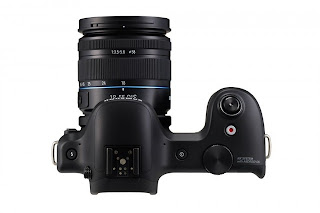Solar powered plane
The solar-powered plane Solar Impulse took off from California on May 2013 on a flight across America that is expected to last approximately two months. From Mountain View the plane will fly to New York without using a drop of fuel, making stops along the way in Phoenix, Dallas, St. Louis, AND Washington, D.C.
The plane sports 12,000 solar cells built into the wings and smaller tail fins. The cells charge four lithium batteries, attached to the bottom of the wings, that power the plane during the nighttime. The longest nonstop trip the plane has made thus far is 26 hours. The plane could theoretically fly continuously but stops are necessary for the health of the pilot—the plane’s extreme sensitivity to turbulence means piloting it requires intense mental concentration. Swiss co-founders of the project Bertrand Piccard and Andre Borschberg will alternate turns in the cockpit.
Solar cells account for most of the plane’s slight weight, which is equivalent to that of a small car, while its wingspan matches that of a jumbo jet. Unlike a jet, however, Solar Impulse flies relatively slowly at an average pace of just 43 miles per hour.
The speed is not the point of the flight, rather, it’s meant to bring attention to clean-energy technologies, according to the Solar Impulse company.
And though a feat in its own right, the cross-country flight is primarily a test run for a future flying machine the company plans to build to circumnavigate the world in 2015.














